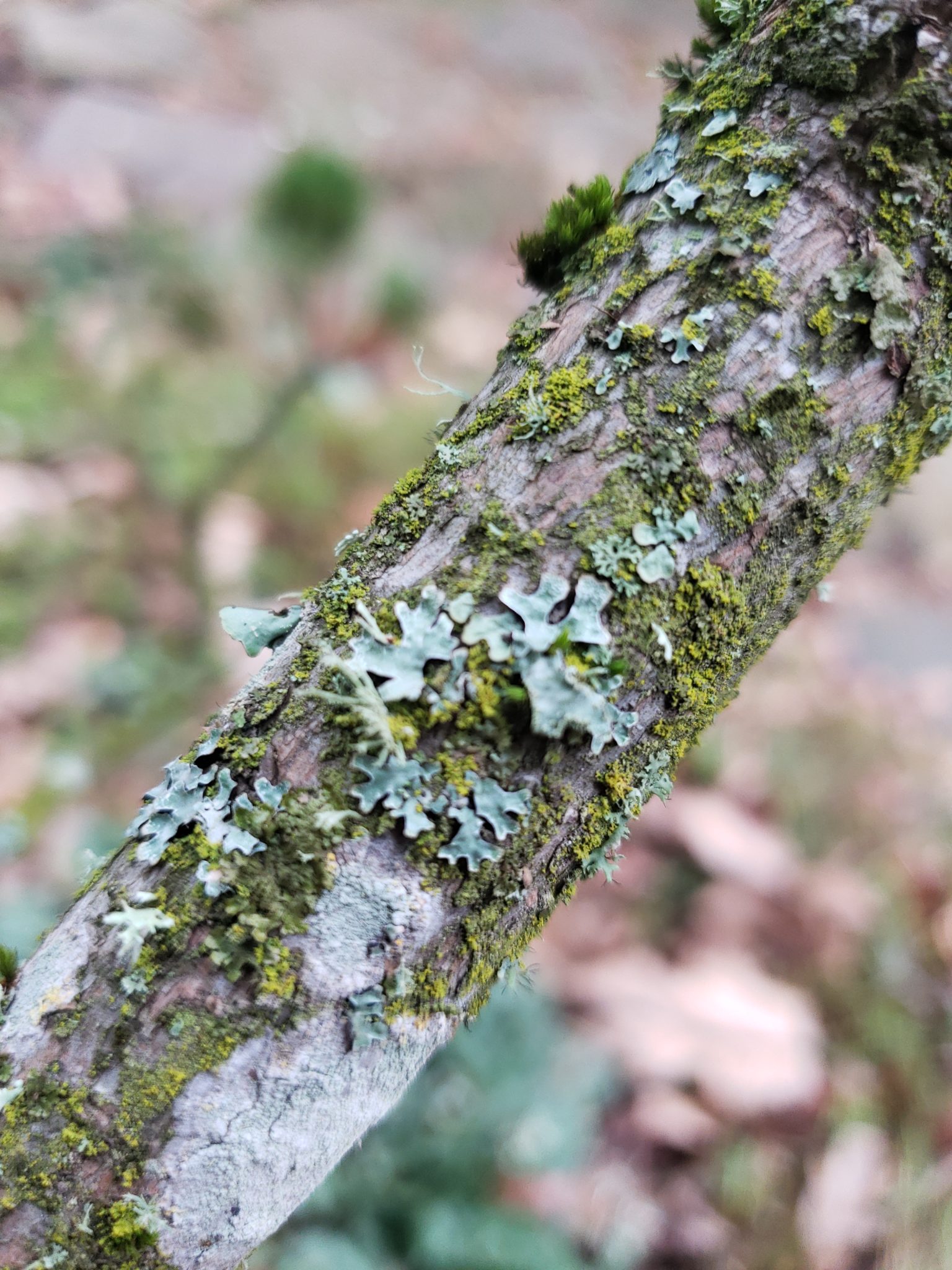
Tree-Dwelling Lichen
Lichen-covered trees are a common site in forests and backyards of the Pacific Northwest, and are most conspicuous during the wet winter months when the branches of deciduous trees are bare.
Lichen are made up of a fungus and a photosynthetic partner that work together to form unique species.The fungus provides the structure of the lichen and the photosynthetic partner provides the food. Different combinations of these partners create the astounding variety of lichens found in nature.

Tree-dwelling lichen are not toxic to the tree and do not rob the tree of any nutrients because lichens get all of their nutrients and moisture from the air and their food from the sun. Many lichens are very vulnerable to air pollution and are an indicator species for local air quality decline.


Lichens are present on healthy trees and diseased trees. The presence of lichens is not a cause for concern. Because lichen are sometimes more prominent on dying or diseased trees, they are often incorrectly associated with the cause of the disease. Lichen need sunlight to grow. If a tree loses its foliage due to disease or stress, then lichen growing on the branch will have access to more sunlight and the lichen will become more evident on the branch. The lichen did not cause the disease or stress.

Hundreds of species of lichens grow on trees in North America. Most often, the surface texture of the tree determines the type of lichen that can grow on the bark rather than the type of tree. As trees age, their bark texture changes.Younger trees often have smoother bark and older trees often have more textured bark. The three main body groupings of lichens all have different preferred attachment surfaces. The crustose lichen grows on the smooth bark of the magnolia tree in the picture above.
Most tree-dwelling lichen bodies are slow growing, grow just above the bark surface, and ultimately do not grow over a few inches in diameter. Over time, several lichen bodies can grow together to cover large areas of tree bark.

Check out the variety of lichens growing on the different textures of tree bark in your backyard this winter.


